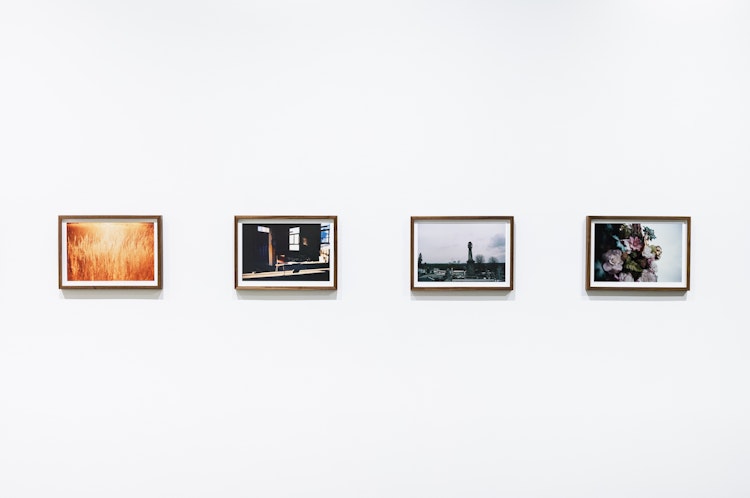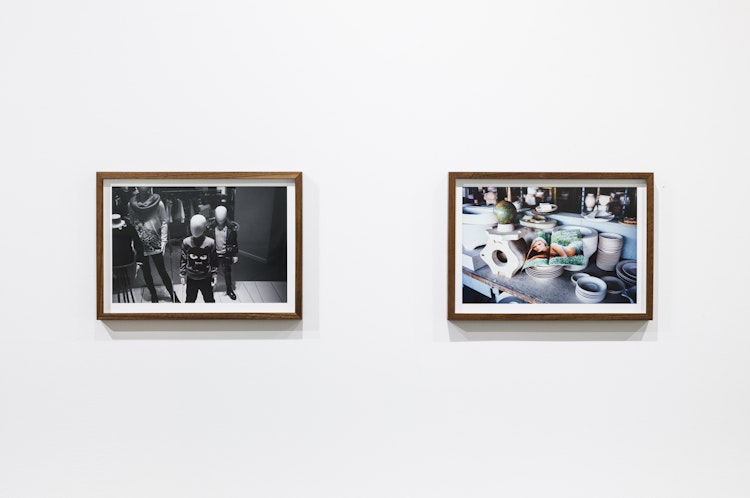Sighs


There was a great stewing stillness, a oppressiveness, a silence. The gibbous moon hung over the planet Earth, a dead thing over a dying thing … Only in memory, still obscurely alive, breathing, doing, moving, but as a shovelful of ashes, already scattered; as a broken link, a biological dead end, an eternal withdrawal from reality, a once complex object that now dwindled, left nothing behind except a smudge like a fallen speck of soot on a blank sheet of paper.
- John Fowles
When facing a landscape the alienation you feel might be what makes it interesting. Foreign and strange as the landscape might be, the photographer is left with three major choices that cannot be fully combined; pure documentation, translation through aesthetic preferences and ethical considerations or elevation of the subject matter. This can be done pragmatically, with or without enthusiasm or exclusion of the core of the given scenarios content. The level of ignorance is consequential; it’s not a given that ignorance generates ignorant imagery.
In Sighs are the key-point and the core, method. The technique used is simple: Push the film medium to the brink of exhaustion – to the point where the negative almost dissolves into grain. By doing so the artist is not only creating a nostalgic Kodachrome finish, but also undermining the gravity of the scenario he witnesses. But this disregard of de facto photographing the starting point of World War 2, without translating any of the tragic elements that culture has dragged this landscape through, this generates a flux between the known and unknown. How the massive tectonic shifts in culture in the 20th century have affected this area is potentially known, but we don’t want to know it. Neither does the photographer faced with this landscape. His camera turns into a Sigh Machine.
Nothing is elevated here, nothing is translated and nothing is purely documented. Instead the images can be read as a photographic Haiku poem. The photographer understands his limitations when faced with bloody war history and failed communist industry. He ends up jumping the shark, distilling whatever mysterious beauty is left. This beauty is both candid and candied, and like most romantic science fiction language – post apocalyptic. When silence conquers, only traces of man are still present. Like the structure of the celluloid the landscape softly dissolves and evaporates; a shining hole in a worn down wall, autumn leaves shining and moving with the wind on a discarded basket ball court, a black widow creeping between barbed wire, an assemblage of broken porcelain and china, a worker weeping, third degree laundry, an angel bursting through flowers into fog.
These images give up like the film medium is giving up, like industry is giving up in the western world, like Europe is given up as a concept to believe in, and this generates the mood in the images and the story of the images. The images are an aftermath, but give up in relief, and the results are Sighs, which are a pure and soft reaction that the body uses as a protection against being overwhelmed. This denial, this unwillingness of being truly affected by the ethical part of tragedy and instead embracing the aesthetic of it, this reaction is not fake or shallow, this reaction is natural and true. Instead of generating a fake empathy the photographer chooses to embrace a true oblivion, and thus saving whatever allure is left in the panorama. The vista turns ambiguous, both appealing and repulsive.
Through the cracks of the present, history seeps through.












Hva leter du etter?